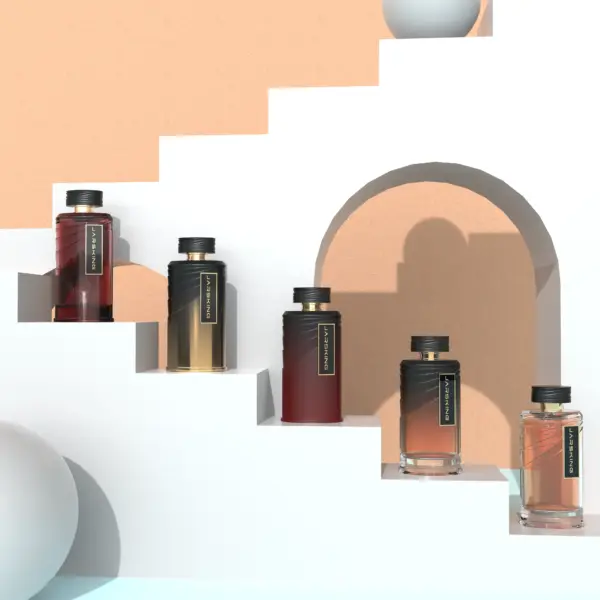In the world of luxury fragrances, the first encounter isn’t through scent—it’s through sight. The moment a potential customer’s eyes land on a fragrance bottle, a silent conversation begins. Will this package whisper promises of Parisian sophistication, echo the minimalist philosophy of Tokyo, or boldly declare the innovative spirit of New York? In an industry where emotion drives purchasing decisions, packaging has evolved from mere containment to cultural storytelling, brand positioning, and artistic expression.
Today’s fragrance packaging landscape represents a fascinating global tapestry where traditional craftsmanship meets cutting-edge innovation, where sustainability concerns reshape luxury standards, and where cultural authenticity commands premium pricing. From the storied perfume houses of Grasse to the innovative design studios of Seoul, packaging designers are reimagining how fragrance experiences begin—long before the first spritz touches the skin.
This transformation reflects broader shifts in consumer consciousness. Modern fragrance enthusiasts seek more than just beautiful scents; they desire authentic connections to culture, sustainable practices that align with their values, and packaging experiences that justify premium pricing. As global markets become increasingly interconnected yet culturally distinct, successful fragrance brands must navigate the delicate balance between universal appeal and regional authenticity.
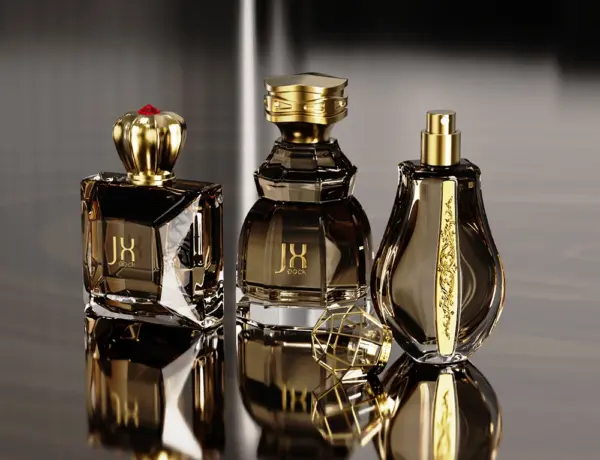
The French Foundation: Parisian Luxury Redefined
France remains the undisputed heart of global perfumery, and Parisian design houses continue to set packaging standards that ripple across international markets. However, the traditional French approach—characterized by ornate details, crystal-like clarity, and obvious luxury signals—is experiencing a sophisticated evolution that reflects contemporary French attitudes toward consumption and craftsmanship.
Traditional Elegance Meets Modern Innovation
The most striking development in French fragrance packaging involves the seamless integration of heritage craftsmanship with progressive sustainability practices. Leading houses like Chanel and Hermès have pioneered the use of recycled glass formulations that maintain the optical clarity and weight expectations of luxury consumers while reducing environmental impact by up to 40%. These innovations demonstrate that sustainability and luxury need not be mutually exclusive concepts.
French designers are also embracing artisanal details in unexpected ways. Hand-finished elements—once reserved for ultra-premium limited editions—are increasingly appearing in mid-tier luxury lines. Techniques like hand-applied metallic leaf, individually numbered bottle bases, and bespoke ribbon tying create unique pieces that justify premium pricing while satisfying consumer desires for authenticity and exclusivity. Maison Francis Kurkdjian’s recent collections exemplify this trend, featuring bottles where each cap is individually hand-polished, creating subtle variations that celebrate human craftsmanship.
The French luxury aesthetic is also evolving through innovative material combinations. Traditional crystal and glass are being paired with unexpected elements like sustainably sourced wood from French forests, recycled precious metals, and even upcycled materials from the fashion industry. These combinations maintain the sophisticated visual language consumers expect from French luxury while introducing tactile experiences that differentiate products in an increasingly crowded marketplace.
Color Psychology and French Sophistication
French color palettes in fragrance packaging have undergone a remarkable transformation that reflects changing consumer psychology and global influence. The traditional reliance on gold and silver as luxury signifiers has expanded to embrace rose gold, copper, and bronze tones that feel more contemporary and approachable while maintaining premium associations.
Perhaps more significantly, French designers are embracing matte finishes that reject the high-gloss surfaces previously considered essential for luxury appeal. These matte treatments create sophisticated visual depth and improve the tactile experience—important considerations as consumers increasingly evaluate purchases through multiple sensory channels. Brands like Byredo and Diptyque have demonstrated how matte surfaces can convey understated confidence and modern sophistication.
Monochromatic palettes represent another key evolution in French design philosophy. Rather than relying on high contrast or bold color combinations, leading French houses are exploring subtle tonal variations within single color families. These approaches create visual coherence across product lines while allowing individual fragrances to maintain distinct personalities through texture, proportion, and detail variations.
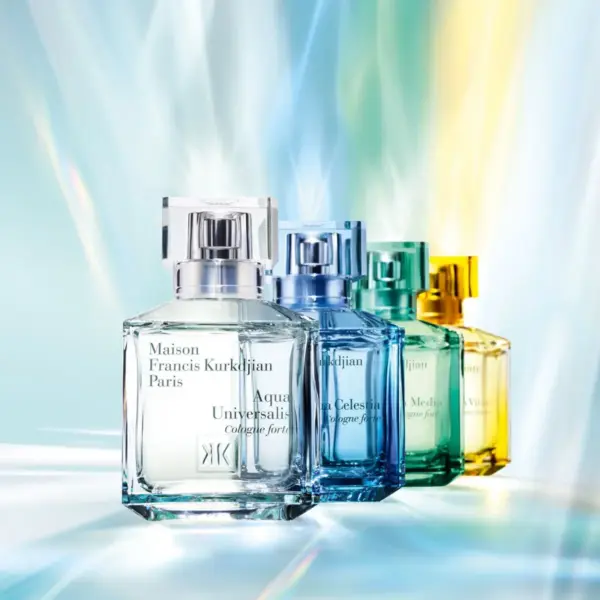
Italian Craftsmanship: Milan’s Design Revolution
Italy’s contribution to global fragrance packaging trends reflects the country’s unique position at the intersection of classical artistry and contemporary innovation. Italian design houses leverage their deep manufacturing heritage in luxury goods—from leather crafting to automotive design—to create packaging experiences that emphasize both aesthetic beauty and functional excellence.
Architectural Inspiration
The influence of contemporary Italian architecture on fragrance packaging represents one of the most distinctive trends emerging from Milan’s design studios. Brands like Valentino and Bulgari have introduced geometric bottle shapes that echo the angular modernism of architects like Renzo Piano and Gae Aulenti. These designs translate architectural principles of proportion, balance, and material honesty into intimate objects that consumers interact with daily.
Asymmetrical elements have become particularly prominent in Italian fragrance design, reflecting architectural movements that celebrate controlled imbalance and dynamic tension. Rather than the classical symmetry traditionally associated with luxury fragrances, Italian designers are creating bottles that appear to shift and move depending on viewing angle, creating visual interest that encourages longer examination and stronger emotional connections.
The integration of marble and stone-inspired textures represents another distinctly Italian contribution to global packaging trends. Drawing from the country’s centuries-old stone crafting traditions, designers are incorporating realistic marble patterns, travertine textures, and volcanic stone inspirations through advanced printing and molding techniques. These elements create immediate associations with Italian cultural heritage while providing sophisticated visual depth that photographs beautifully for social media marketing.
Functional Luxury
Italian design philosophy has always emphasized the unity of form and function, and this principle is transforming fragrance packaging through innovative closure mechanisms and user experience improvements. Magnetic closures—once considered too industrial for luxury applications—have been refined and integrated into high-end collections where they provide satisfying tactile feedback while ensuring secure product protection.
The Italian embrace of refillable systems reflects both environmental consciousness and the country’s traditional appreciation for objects designed to last. Brands like Acqua di Parma have introduced elegant refill mechanisms that maintain visual continuity while reducing packaging waste by up to 60%. These systems often feature precision-engineered components that provide satisfying mechanical interactions, turning the refilling process into a small ritual that reinforces brand loyalty.
Travel-friendly design considerations represent another area where Italian functional innovation excels. Recognizing that modern luxury consumers lead mobile lifestyles, Italian designers have created compact formats that maintain visual impact while meeting international travel restrictions. These designs often feature protective mechanisms, leak-proof systems, and elegant proportions that translate well across different usage scenarios.

Japanese Minimalism: Tokyo’s Zen Approach
Japanese influence on global fragrance packaging represents perhaps the most philosophically distinct approach in contemporary design. Drawing from centuries-old aesthetic principles while embracing cutting-edge technology, Japanese designers are creating packaging experiences that prioritize emotional resonance over visual complexity, functional excellence over ornate decoration, and lasting value over immediate impact.
Less is More Philosophy
The Japanese concept of “ma”—the deliberate use of negative space—has profoundly influenced global fragrance packaging design. Leading Japanese houses like Shiseido and Kenzo demonstrate how visual restraint can create more powerful emotional connections than complex decorative elements. Clean lines and uncluttered surfaces allow the intrinsic beauty of materials and proportions to communicate directly with consumers.
This minimalist approach extends to branding integration, where traditional Western approaches of prominent logo placement are replaced with subtle identity markers that reward close examination. Typography becomes an integral design element rather than an applied graphic, with letterforms that complement rather than compete with overall aesthetic harmony. These approaches create packaging that feels more like art objects than commercial products, justifying premium pricing through perceived cultural sophistication.
The emphasis on negative space also creates practical benefits in retail environments where visual clutter can overwhelm consumers. Japanese-inspired packaging designs create calm zones that allow individual products to breathe and attract attention through quiet confidence rather than aggressive visual competition.
Natural Material Integration
Japanese design philosophy’s deep connection to natural materials is transforming global packaging approaches through innovative material applications and sustainable sourcing practices. Bamboo accents—traditionally associated with lower-cost applications—are being elevated through precision engineering and sophisticated finishing techniques that create luxury experiences while maintaining environmental responsibility.
Washi paper elements represent a particularly sophisticated example of cultural material integration. This traditional Japanese paper-making technique creates unique textures and subtle color variations that cannot be replicated through industrial processes. Leading brands are incorporating washi paper in limited edition packaging, secondary packaging elements, and even as protective interior components that create surprising moments of beauty during the unboxing experience.
Stone and ceramic inspirations reflect Japanese appreciation for natural imperfections and the beauty of aging. Rather than pursuing perfect uniformity, Japanese-influenced designs celebrate subtle variations in texture, color, and finish that create unique individual pieces while maintaining overall design coherence. These approaches align with growing consumer appreciation for authenticity and craftsmanship over industrial perfection.
Technology Meets Tradition
Japan’s global leadership in electronics and precision manufacturing creates unique opportunities for integrating advanced technology with traditional aesthetic principles. NFC (Near Field Communication) chips embedded in packaging provide authentication verification while enabling rich digital experiences that extend brand engagement beyond the physical product.
These smart packaging systems often include augmented reality features that allow consumers to explore fragrance origins, ingredient sourcing stories, and cultural inspirations through smartphone interactions. However, Japanese designers typically integrate these technologies invisibly, maintaining visual simplicity while providing sophisticated functionality for tech-savvy consumers.
Precision engineering in closure mechanisms represents another area where Japanese technological expertise creates distinctive packaging experiences. Drawing from the country’s leadership in mechanical precision—from automotive manufacturing to consumer electronics—Japanese fragrance packaging often features closure systems with tolerances measured in hundredths of millimeters, creating satisfying tactile feedback that reinforces quality perceptions.
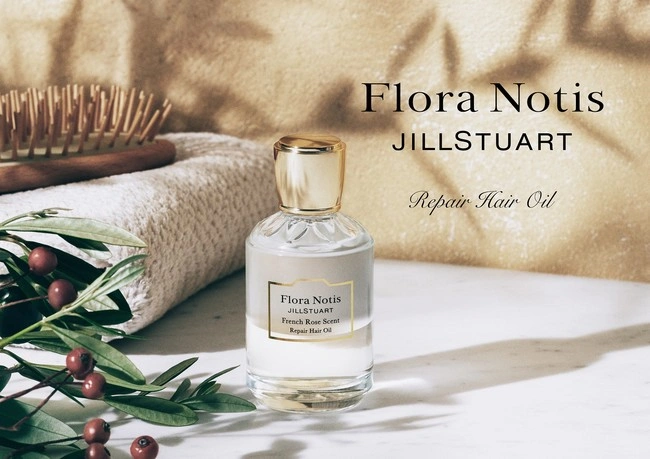
Nordic Influence: Scandinavian Sustainability
The Nordic countries’ contribution to global fragrance packaging trends reflects deep cultural commitments to environmental stewardship, functional design, and democratic luxury principles. Scandinavian design philosophy—emphasizing accessibility, sustainability, and timeless aesthetic appeal—is reshaping how luxury brands approach packaging across all price segments.
Eco-Conscious Design
Nordic brands have established new industry standards for sustainable packaging that other regions are rapidly adopting. The commitment to 100% recyclable materials as a baseline requirement rather than a premium feature has forced innovations in material science and supply chain management that benefit the entire industry. Companies like Byredo and L:a Bruket demonstrate how environmental responsibility can enhance rather than compromise luxury positioning.
Biodegradable packaging inserts represent a particularly innovative Scandinavian contribution to sustainable luxury. Traditional packaging protection—typically achieved through non-recyclable foam inserts—is being replaced with molded fiber materials, mycelium-based cushioning, and even compressed seaweed alternatives that provide equivalent protection while supporting circular economy principles.
Carbon-neutral shipping materials reflect the Nordic region’s comprehensive approach to environmental impact that considers entire product lifecycles rather than focusing solely on primary packaging elements. These systems often include carbon offset programs, local sourcing priorities, and transportation optimization strategies that reduce environmental impact while maintaining global market accessibility.
Functional Aesthetics
Scandinavian design’s emphasis on functional beauty creates packaging solutions that serve multiple purposes throughout their lifecycles. Clean, functional shapes inspired by traditional Scandinavian craft objects create immediate aesthetic appeal while ensuring efficient production, shipping, and retail display characteristics.
Light wood accents sourced from sustainably managed Nordic forests provide visual warmth and tactile interest while maintaining strong environmental credentials. These elements often incorporate traditional woodworking techniques adapted for industrial production, creating authentic craft associations that justify premium pricing while supporting traditional skill preservation.
The Scandinavian concept of “lagom”—roughly translated as “just the right amount”—influences proportion, material usage, and decorative restraint in ways that create packaging with enduring appeal rather than trend-dependent styling. Multi-purpose packaging that doubles as decorative objects extends product value while reducing waste, as consumers are more likely to retain beautiful, functional containers for secondary uses.

American Innovation: New York’s Bold Statements
The American approach to fragrance packaging reflects the country’s cultural diversity, technological innovation, and willingness to challenge traditional luxury conventions. From coast to coast, American designers are creating packaging experiences that embrace bold aesthetics, inclusive design principles, and cutting-edge manufacturing technologies that influence global trends.
Street Art and Pop Culture Integration
American fragrance packaging increasingly draws inspiration from urban culture, contemporary art, and social media aesthetics in ways that make luxury more accessible and culturally relevant to younger consumers. Graffiti-inspired graphics—executed with precision printing techniques and premium materials—create striking shelf appeal while connecting with authentic cultural movements.
Collaborations with contemporary artists have become standard practice for American fragrance brands seeking to differentiate their products in competitive markets. These partnerships often extend beyond applied graphics to influence bottle shapes, color palettes, and even packaging materials selection, creating limited edition collections that function as collectible art objects while maintaining commercial viability.
Bold color blocking and high-contrast designs reflect American confidence and optimism while creating strong brand recognition across diverse retail environments. These approaches often incorporate unexpected material combinations—such as matte metals with high-gloss ceramics or natural wood with synthetic fluorescents—that create memorable visual experiences while demonstrating technological capabilities.
Gender-Neutral Packaging
American leadership in inclusive design principles is transforming global approaches to fragrance packaging through gender-neutral aesthetics that appeal to broader consumer bases while reflecting evolving social attitudes. Unisex design approaches are becoming mainstream as brands recognize that traditional gender-specific packaging may alienate potential customers and limit market growth.
Neutral color schemes utilizing sophisticated palettes of grays, beiges, blacks, and whites create universal appeal without sacrificing visual sophistication. These approaches often incorporate subtle texture variations and premium materials that maintain luxury positioning while avoiding traditionally gendered color associations.
Packaging designed for universal appeal considers diverse hand sizes, strength requirements, and aesthetic preferences to create products that function well for all users. These design principles often result in more ergonomic, user-friendly packages that improve the overall consumer experience while expanding market accessibility.
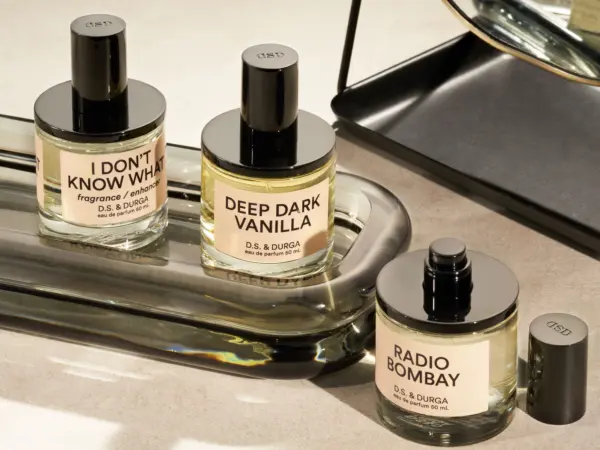
Emerging Trends Across All Markets
Regardless of regional origin, several key trends are reshaping fragrance packaging across global markets as brands respond to evolving consumer expectations, technological capabilities, and environmental concerns. These cross-cultural developments suggest the emergence of new universal standards for luxury packaging excellence.
Personalization and Customization
The demand for individualized experiences drives packaging innovations that allow consumers to create unique products while maintaining manufacturing efficiency. Engraving services and monogramming options—once limited to ultra-premium products—are expanding across price segments through advanced laser engraving technologies and efficient production workflows.
Modular packaging systems enable mass customization by allowing consumers to select combinations of bottles, caps, colors, and decorative elements to create personalized products. These systems often incorporate intelligent design platforms that ensure aesthetic harmony while providing extensive customization options.
AI-driven custom design recommendations use consumer preference data and purchasing history to suggest personalized packaging configurations that align with individual tastes while introducing users to new aesthetic possibilities. These systems often incorporate social media integration that allows users to share custom designs and inspire others.
Interactive Elements
QR codes linking to fragrance stories, ingredient sourcing information, and brand heritage content create digital extensions of physical packaging that enhance consumer engagement while providing educational value. These features often include multilingual content, accessibility options, and social sharing capabilities that extend marketing reach through authentic consumer advocacy.
Augmented reality try-on experiences accessed through smartphone cameras allow consumers to visualize fragrances in their personal environments while providing rich contextual information about scent profiles, usage occasions, and styling suggestions. These technologies bridge online and offline shopping experiences while providing entertainment value that extends brand interaction time.
Social media integration features enable consumers to easily share packaging experiences, fragrance discoveries, and personal styling choices across multiple platforms while maintaining brand visual consistency and message control. These systems often include branded filters, sharing templates, and community features that build ongoing consumer engagement.
Circular Economy Focus
Refill stations in luxury department stores represent a fundamental shift toward sustainable luxury consumption that maintains premium experiences while reducing environmental impact. These systems often feature elegant dispensing mechanisms, quality control protocols, and service experiences that reinforce rather than compromise luxury positioning.
Packaging designed for multiple lifecycles considers end-of-use scenarios during initial design phases, creating containers that can be efficiently refurbished, repurposed, or recycled into new products. These approaches often result in higher-quality initial construction that provides better consumer experiences while supporting long-term sustainability goals.
Take-back programs for empty containers create closed-loop systems that ensure responsible disposal while providing opportunities for ongoing consumer engagement. These programs often include incentives for participation, educational content about recycling processes, and community features that reinforce environmental values.
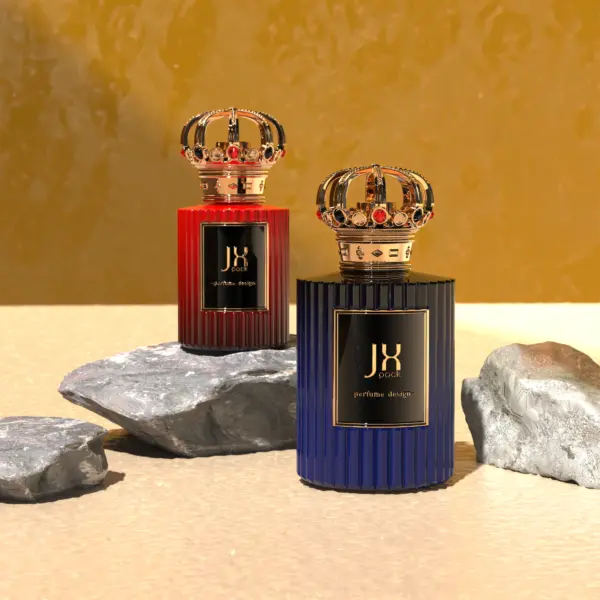
Regional Cultural Adaptations
Successful global fragrance brands must navigate complex cultural preferences and aesthetic traditions while maintaining brand coherence across diverse markets. Understanding regional adaptations provides insights into effective cross-cultural design strategies and emerging global trends.
Middle Eastern Markets
Middle Eastern fragrance packaging preferences reflect rich cultural traditions of luxury display, geometric pattern work, and precious material usage that require sophisticated adaptation strategies for international brands. Ornate gold detailing executed with precision manufacturing techniques creates products that respect traditional aesthetics while meeting contemporary quality expectations.
Crystal and precious stone embellishments sourced through ethical supply chains provide authentic luxury experiences while supporting responsible business practices. These elements often incorporate traditional cutting techniques adapted for contemporary production methods that ensure consistency while maintaining artisanal appeal.
Traditional Arabic calligraphy integration requires deep cultural understanding and collaboration with skilled artisans to ensure respectful, accurate, and aesthetically successful implementation. These elements often become focal design features that create strong regional connection while providing educational opportunities for global consumers.
Southeast Asian Preferences
Southeast Asian markets favor vibrant colors and tropical-inspired designs that reflect regional climate, cultural celebrations, and aesthetic traditions while accommodating practical considerations like humidity and temperature variation. These design approaches often incorporate local flora and fauna motifs executed with contemporary graphic techniques.
Compact sizing considerations for humid climate storage reflect practical consumer needs while creating opportunities for innovative packaging solutions that maintain visual impact in smaller formats. These designs often feature enhanced protective mechanisms and moisture-resistant materials that ensure product integrity.
Respectful incorporation of local cultural symbols requires extensive consultation with cultural experts and community representatives to ensure authentic, appropriate usage that honors traditional meanings while creating contemporary appeal. These elements often provide educational opportunities that enhance cross-cultural understanding.
Future Predictions: 2025-2030 Outlook
Emerging technologies, evolving consumer values, and changing global dynamics suggest several key developments that will reshape fragrance packaging over the next decade. Understanding these trends enables strategic planning and investment decisions that position brands for future success.
Technology Integration
Smart bottles with usage tracking capabilities will provide consumers with personalized recommendations while generating valuable data for brand optimization and consumer service improvement. These systems will likely incorporate machine learning algorithms that adapt to individual usage patterns and preferences.
Temperature-sensitive color-changing materials will create dynamic packaging experiences that respond to environmental conditions, user interaction, and time-based changes. These technologies will enable new forms of brand storytelling while providing functional benefits like temperature monitoring and freshness indication.
Biometric authentication for ultra-luxury lines will address growing concerns about product authenticity while providing exclusive access to premium services and experiences. These systems will likely incorporate multiple authentication factors while maintaining user-friendly interaction protocols.
Sustainability Evolution
Ocean plastic transformation into luxury packaging materials represents a significant opportunity for brands to address environmental concerns while creating compelling marketing narratives. Advanced processing technologies will enable recycled ocean plastic to achieve quality and aesthetic standards appropriate for luxury applications.
Carbon-negative packaging materials that actively remove carbon dioxide from the atmosphere during production and use will become commercially viable for premium brands seeking environmental leadership positioning. These materials will likely incorporate biological processes and renewable energy systems.
Cradle-to-cradle design principles that consider entire product lifecycles from raw material sourcing through end-of-use disposal will become industry standards as regulatory requirements and consumer expectations converge around comprehensive sustainability.
Cultural Fusion
East-meets-West hybrid design approaches will create new aesthetic vocabularies that appeal to globally mobile consumers while respecting authentic cultural traditions. These approaches will require sophisticated cultural consultation and collaboration to ensure respectful, successful implementation.
Global nomad aesthetics reflecting multicultural consumer identities will influence packaging design toward universal symbols and aesthetic elements that transcend specific cultural boundaries while maintaining emotional resonance and premium positioning.
Cross-cultural collaboration between design houses from different regions will create innovative approaches that combine complementary strengths while addressing shared challenges like sustainability, authenticity, and global market accessibility.
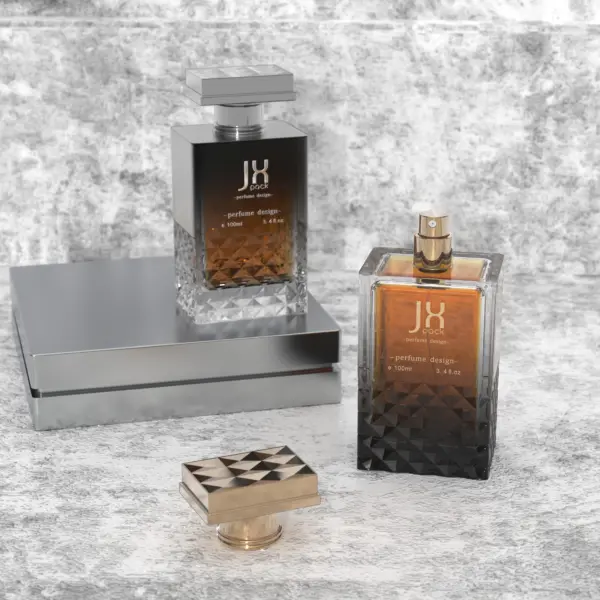
Conclusion: The Global Tapestry of Fragrance Design
The evolution of fragrance packaging across global markets reveals a fascinating synthesis where traditional cultural values meet contemporary innovation, where sustainability imperatives reshape luxury definitions, and where technological capabilities enable new forms of consumer connection and brand storytelling. From the refined sustainability innovations emerging from Scandinavian design studios to the bold inclusivity statements crafted in American cities, each region contributes unique perspectives that enrich the global fragrance packaging landscape.
The most successful contemporary fragrance packaging approaches recognize that modern consumers seek authentic cultural connections without sacrificing environmental responsibility, demand premium experiences that reflect personal values, and expect brands to demonstrate genuine respect for diverse cultural traditions while maintaining consistent quality and aesthetic excellence across global markets.
As we look toward the future, the fragrance packaging industry appears poised for continued innovation driven by technological advancement, environmental necessity, and cultural evolution. The brands that will thrive in this dynamic environment will be those that can successfully balance global accessibility with regional authenticity, cutting-edge innovation with timeless aesthetic appeal, and premium positioning with inclusive accessibility.
The global tapestry of fragrance design continues to evolve as each thread—whether woven in Paris studios steeped in centuries of luxury tradition, Tokyo workshops pushing the boundaries of minimalist perfection, or New York collectives challenging conventional beauty standards—contributes to a richer, more diverse, and ultimately more sustainable future for luxury packaging design.
Success in this evolving landscape requires more than aesthetic sensibility or manufacturing capability; it demands cultural sensitivity, environmental consciousness, and the ability to create emotional connections that transcend geographical boundaries while honoring the authentic cultural traditions that make each regional approach valuable. The future of fragrance packaging lies not in homogenization but in thoughtful synthesis—creating products that speak universal languages of beauty, quality, and respect while celebrating the diverse cultural perspectives that make our global community so rich and vibrant.
In this context, fragrance packaging becomes more than protective containment or marketing communication—it becomes a form of cultural diplomacy, environmental stewardship, and artistic expression that enhances human experience while building bridges across the diverse communities that comprise our interconnected world. The bottles we design today will not only preserve precious fragrances but also preserve and transmit the cultural values, aesthetic innovations, and environmental commitments that define our time.
